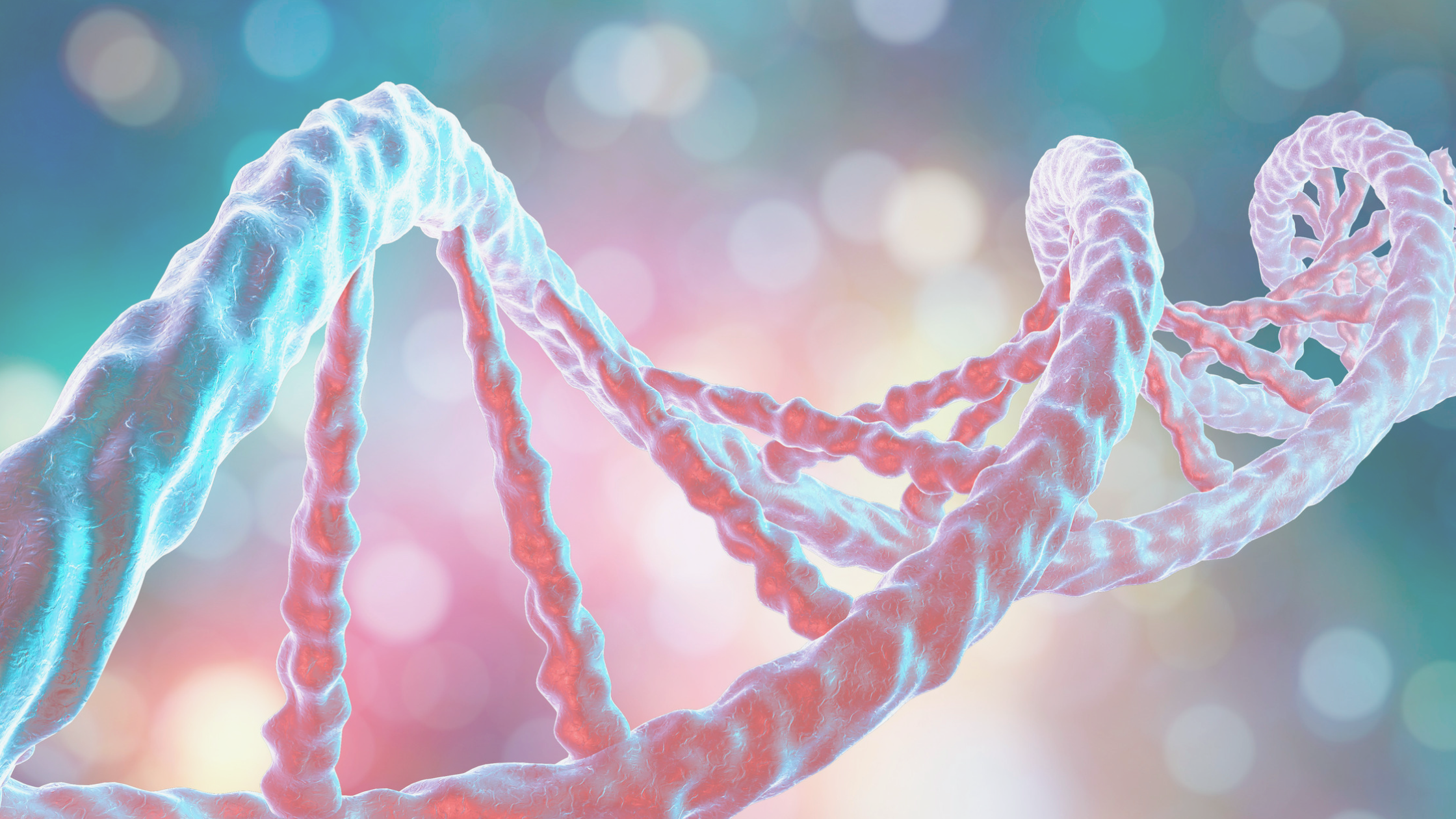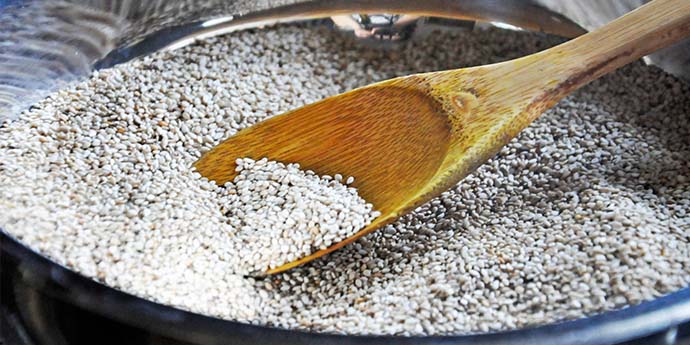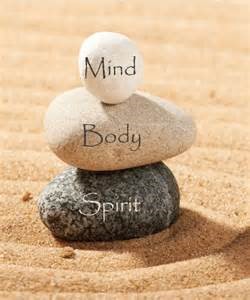
You’ve heard the buzz around NAD+ and its longevity and anti-aging benefits. Is it all hype or is this antioxidant cocktail really the fountain of youth? While it’s not an age reversing time machine, NAD+ does have many superior benefits for longevity. But just because it’s good for you, do you really need it?
So that you can decide whether to give it a try, here is exactly how NAD works:
✔ ️ Keeps mitochondria healthy: Your mitochondria are like power plants in your cells. NAD+ keeps them running smoothly by turning the food you eat into energy. This keeps your body running, from your heart pumping to your brain thinking. As you get older, your NAD+ levels naturally go down, which can make your cells less efficient at creating energy, and potentially causing fatigue. Mitochondria are easily damaged, too, from environmental toxins and infections, causing a higher demand for more NAD in your system.
✔ ️Repairs damaged DNA: Every day, your DNA gets damaged by things like sunlight, pollution, and even normal processes inside your body. NAD+ helps fix this damage. Keeping your DNA healthy is important for preventing aging-related problems like cancer or chronic diseases.
✔️ Supports sirtuins: Sirtuins are special proteins in your body that help protect cells and control aging. They need NAD+ to do their job. Think of sirtuins as the repair crew, and NAD+ is the fuel they need to get to work.
✔ ️ Fights inflammation: Chronic inflammation (when your body stays “on alert” for too long, causing tissue damage) can speed up aging and lead to diseases. NAD+ helps calm this inflammation by supporting the right cellular pathways.
How to know where to start and if NAD+ is right for you?
As a longevity strategy, NAD+ declines with age, therefore supplementing it with weekly or monthly infusions, will give your mitochondria a boost, help cells work better, stay healthier, and maybe even slow down the aging process!
As treatment for fatigue, then trying a series of 4 NAD drips weekly or bi-weekly might be just what your mitochondria need. If you’ve had Covid, Lyme, mold or other toxin- or infectious related illnesses, because they target and damage the mitochondria, NAD IV’s can be an important cornerstone of your recovery.
What can you expect? You should notice a slight improvement each time, but you might not know for sure if it’s helping until you finish a series of a minimum of 4 drips, and perhaps 8 drips if you are recovering from a chronic illness. Both new and current patients can come to Blum Center for NAD, but if you aren’t sure, we recommend messaging your provider, or if you are new to us, then schedule a IV consult with Marie to decide if this IV is right for you.








